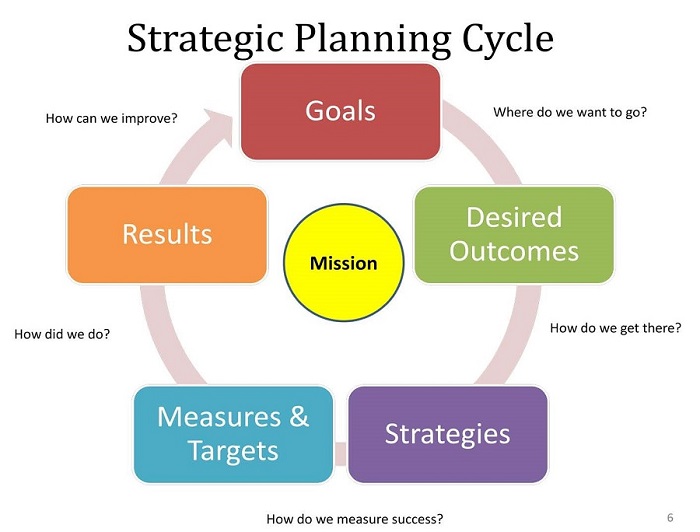स्टार्टअप माहेल में रिथाबंदी गणो करे वादारे लाई जिद ते तोर डि॒ठी वेंदी आहे. बहरआल जा घणो करे चुक थिंदी आहे उहा इहा त कहिं बि कारोबार में ढिघे अर्तसे जी तरकीबकारीअ जी.
तर्कीबकारी शुरुआत रिथा जी केहडी जरुरत थिंदी आहे ?
हिकु तरकीबकारी रिथा जाणयो वेंदो आहे हिक कदमनि जे मजमुऐ या शग तोर जो कि हिक कम्पनी लाजमी तोक सुञाणे ऐें अपनाऐ थी संदुसि मकस्दनि खे तरतीब करण लाई.
घणो करे नयो स्टार्टअप वधाऐ था सघिनि विकरो जाम तकिो ऐं चडही था वढिनि वाधारे जी लकिर ते पर रुकाउ जे बिक हद जे बिही था रहिनि. तरकीबकारी रिथायूं निभाईंदी आहे बिलकुल सागो॒ सबब, संभार तोडे जारी रखण हिउ वाधारो वाटि खे निर्धारित करे ऐं कामियाबी जी परख करे खसिसी वक्त जी विछोटीअ ते. सेडहायप ते मोट वधाअण लाई इहो जाम अहम आहे त वसिलनि जी अहमियत वधाईंजे. पिणि इहो डि॒ठो वयो आहे त इहो हिक प्लस पोऐंट आहे वी सी अ पारां सरमाई प्रक्रिया महल छो त इहो ड॒सु डिं॒दो आहे मकस्द जी चिठायप नसबत. आखिरकार इहो मदद कंदो आहे स्टार्टअप जे समुरे भातीयूंनि लाई हिमितायप जे हिक वडे॒ मुंढ ते तौर.

तरकीबकारी रिथा ऐं वेपारी रिथा में विछोडियूं
हिक नमुने जो वेपारी रिथा हुअण जे बावजूद, तरकीबकारी रिथा खे जाम विछोटिंयूं थेनि थयूं. जड॒हिं त स्टार्टअप जी वाणिजी रिथा हिकु लिख्यलु रिथा हुजे थी वाणिजी माडेल जी, वेपार जी हर पहलु खे विचडाईंदी ऐं आम तोर सां तयारु कयो वेंदो आहे कारोबार जे शुरुआती डि॒हनि में.
इन जे भेटि में तरकीबकारी रिथा मुल रित इस्तमाल थिंदी आहे तरकीबकारी ड॒सु डे॒अण लाई कहिं हलिंदड संसथा लाई. हिउ रिथायूं आमतोर सां टाहियूं वेंदयूं आहिनि वधिक कायम थिअलु वेपारअ लाई. जेतिरो वडो कारोबार थिऐ थो ओतरि सख्त पई तिऐ दुरवदेशी रिथा जी जरुरत. हिक बि॒ आम घतफहमी आहे जे रिथापणो हिक स्थाई किर्त आहे जड॒हिं त हकिकत में कामयाब संवारियप तरकीबकारी रितायूं खे हिक मटिजिंदड दस्तावेज हुअण खपे.
तरकीबकारी रिथायूंनि जी अंग-:
- VISION: The vision of a company is what it wants to become or achieve in the future. It is the driving force of the business. Key questions like these will help you understand your vision better – Who is the customer? What business are you in? How do you want to grow? What is your Competitive Advantage?
- Values: The company’s values are nothing but the beliefs and principles it wants to promote and espouse. Values are seen as guiding principles that never change. It may be useful to type out a core value statement.
- Mission Statement: A mission statement states the underlying incentive for firms to do business. It is not a part of strategic planning, rather creates the base for strategic objectives to be made from. The difference between this and the vision is that the mission statement does not project a goal for the future.
- Goals: These are the desired results of the effort put in. Start-up coach Cate Costa describes the best goals as, “SMART goals – that is, they should be Specific, Measurable, Achievable, Relevant, and Time-Bound.” So rather than saying you want to increase your sales drastically, say you want to increase your sales by 25% in the next 12 months. Further divisions should be made to a ventures goals, namely-
>मंढे अर्स जा मकस्द – 6 महिंनि खां 1 साल ताईं
>डि॒घे अर्से जा मकस्द – 1 साल खां 5 साल ताईं
- Competencies: Each venture would have some process that they specialize in, while some which can be done better by others. These activities that the firm is exceptional at are called its core competencies. This step helps in achieving goals by providing a point to start on. For maximum effectiveness a start-up should do an honest assessment of its capabilities and skills.
- Evaluation: This forms the last step of strategic planning where all the steps and methods of evaluating goals is stated. Performance indicators like KPIs (key performance indicators) which evaluate the success of an organization or of a particular activity in which it engages can be used. This step ends with the evaluations leading to adjusting and creating new goals for the venture and the cycle continues.



